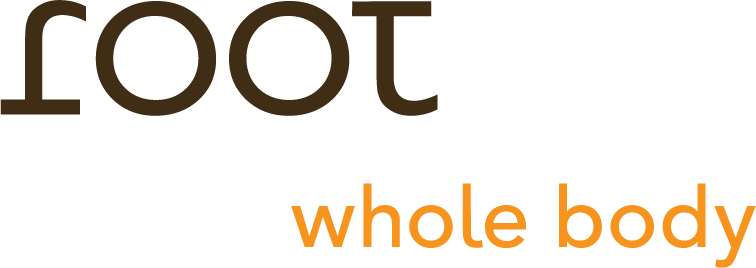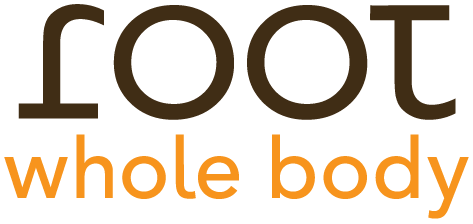“You are what you eat and, perhaps surprisingly, you also are what your ancestors ate.” Jack Challem
Super fit celebrities such as Uma Thurmann, Jessica Biel, Megan Fox, Grant Hill, Miley Cyrus, Kobe Bryant, and Matthew McConaughey are all fans of the Paleo diet, helping to make this food lifestyle choice a household name. Also known as the caveman diet because it basically mimics how our prehistoric ancestors would have eaten, the Paleo diet is nothing if not controversial. Paleo enthusiasts swear by it and say they feel better than ever since implementing the diet – within a few weeks, some digestive issues can be improved (possibly because of the lack of difficult-to-digest dairy and grains), energy levels can skyrocket, skin tone clarifies, and quality of sleep increases. Others call it nothing more than a very well-hyped and possibly dangerous fad, and point out the obvious – we are not cavemen, and our needs are different because our lifestyles are drastically different. Get to know a little more about the diet, so you can decide for yourself if it might be for you.
The download on Paleo:
Meat was the biggest source of energy for our caveman ancestors. So with Paleo, you’re encouraged to fill up on protein, including lots of red meat: seek out fresh, naturally raised, grass-fed or wild-caught meat. Fish and shellfish are also encouraged – especially fatty ones, like salmon. Critics of the diet slam its saturated fat content, but Paleo experts claim you’re retraining your body to rely on fat, not carbs, for energy. Our BBQ blog has a recipe for Mexican Flank Steak from local Portland nutrition expert Samantha Johnson..
Our caveman forebearers had easy access to fruit and vegetables, which means any and all varieties of fresh, in-season produce are completely fair game.
When our Paleo ancestors settled down and began raising crops such as wheat and rice, that’s where our troubles began, say Paleo advocates. According to them, grains are full of hard-to-digest gluten and “anti-nutrients” such as lectin, which prevent the absorption of other essential vitamins and minerals, while causing chaos in our digestive systems. Paleo experts think modern humans rely too much on high-carb legumes, such as soy, peas, chickpeas, beans, and peanuts, they too are all 100% nixed.
Dairy is up for discussion in the Paleo world. Cavemen didn’t keep cows or other livestock, but more relaxed practitioners say milk, yogurt and cheese are fine in very small amounts, if your system can handle it. In the Paleo Diet, dairy would be consumed raw and unpasteurized to ensure that filling fats and important nutrients are not stripped away.
Fat is a big part of any Paleo diet, as they say it’s essential to keep you full and energized, but not all fats are encouraged. Steer clear of saturated fats found in processed meats and butter; polyunsaturated vegetable oils, which are higher in inflammatory omega-6 fatty acids; and the trans fats that hide in many baked goods and processed foods. Instead, go for mono-unsaturated fats from olive oil, nuts and avocados, as well polyunsaturated omega-3s found in fish oils. Grass fed organic butter gets a Paleo thumbs up. Coconuts, including their meat, milk and oil, are also considered a healthy saturated fat, so you’ll find them in many Paleo recipes.
Sweets – even ancient humans dove into a honeycomb at times, but that’s not the same as the constant stream of processed, refined sugars we end up flooding our bodies with these days. So on Paleo, you have permission every once in a while to eat naturally sweet treats like whole fruits, raw honey, coconut milk, Stevia and dark chocolate, in moderation.
Breaking it down:
Some of the benefits of Paleo is that it’s a diet without additives, preservatives, or chemicals. You will probably up your intake of fruits and veggies. You will be getting more iron from all that red meat. You won’t feel hungry because of the high intake of protein and fats, and most people will lose some weight primarily due to the limited food choices.
On the other hand, the disadvantage is that this way of eating nowadays can be very pricey. You don’t eat any grains, whole or otherwise, which are good for providing energy, especially important for athletes. Many athletes complain that they can’t get enough carbs on this diet – although, on the flip side, there have been Ironman athletes who say they do just fine on the diet. Consuming no dairy means that you have to be extra careful to get adequate calcium in other forms. The Paleo diet can be really hard for vegetarians, especially since the diet excludes beans.
And then there’s the point that, if everyone in the world ate a meat oriented Paleo diet, we would need 10 earths to feed everyone. Not a very sustainable concept for our planet and environment.
As with any lifestyle choice, do your due diligence, and if it seems like it could be for you, try it for a bit and see how you feel on the diet. Not every human body is made equally; some may do well on the diet while others may prefer other choices. If Paleo is something you want to try, check out paleoplan.com, everydaypaleo.com, and civilizedcavemancooking.com for some recipe ideas. Or talk to our nutritionist to see if a customized nutrition plan would work better for you.



